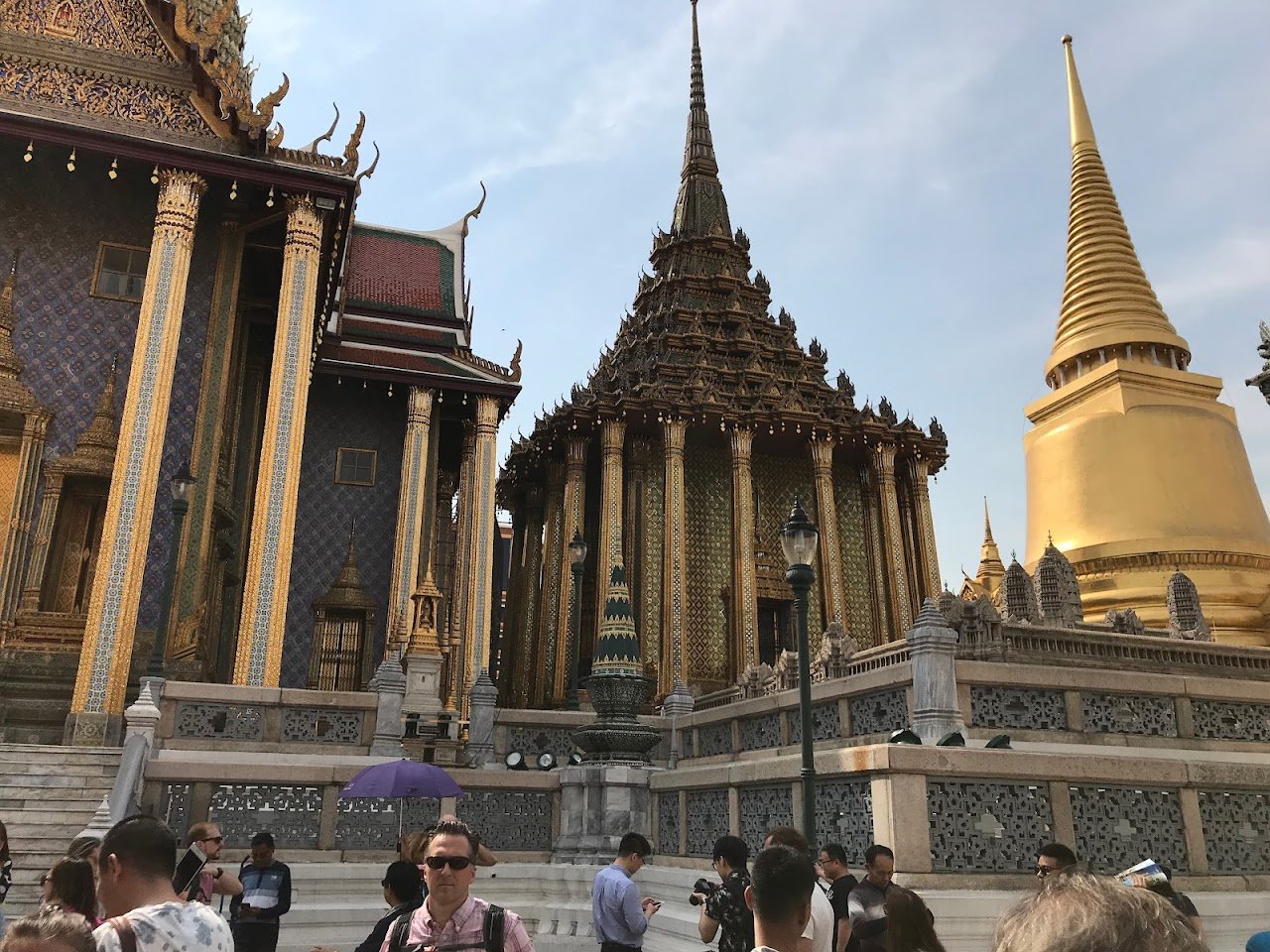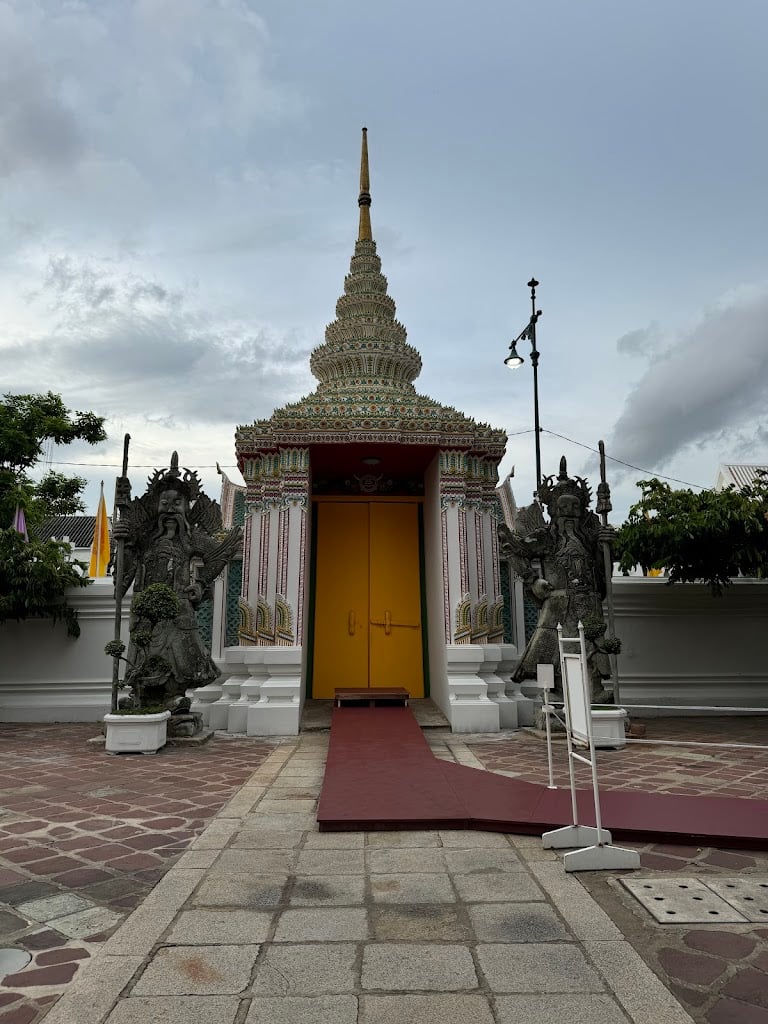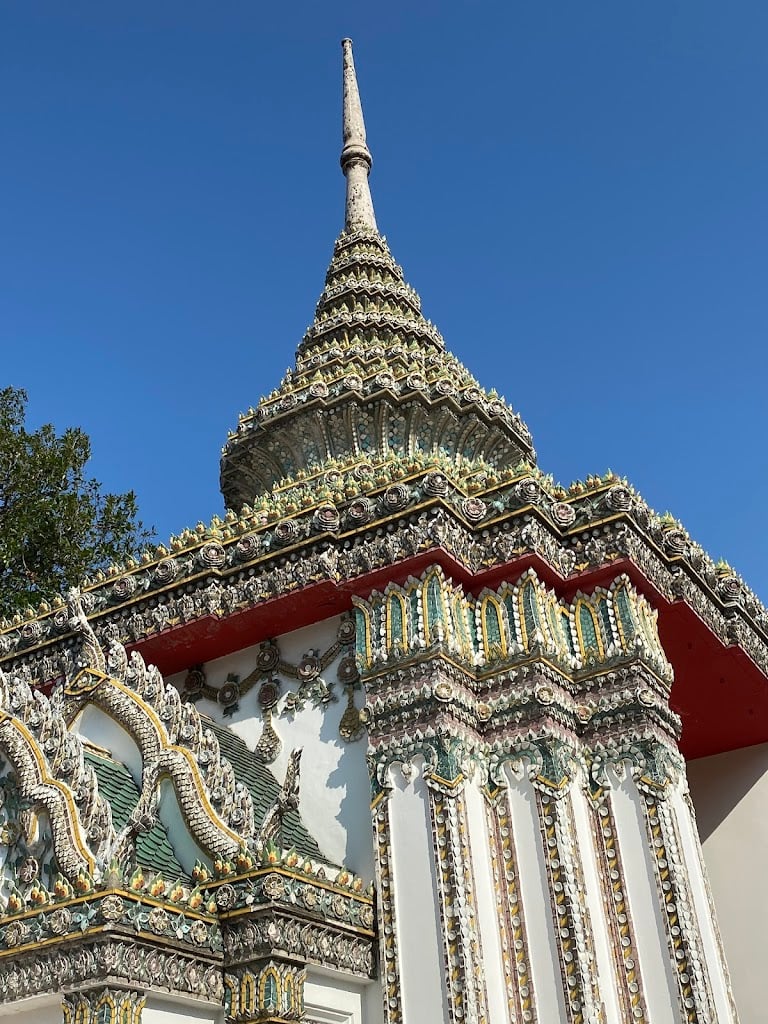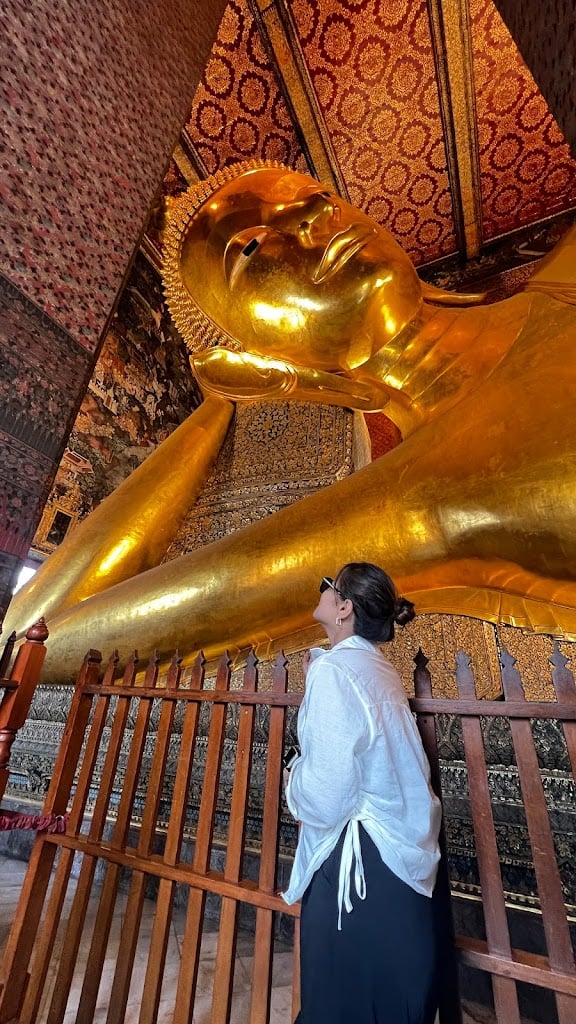Wat Pho





Ask ThatchGPT
Suggest a local expert to plan my trip
Suggest an unique itinerary for my Thailand trip
What foods do Thailand locals eat
What are some true hidden gems in Thailand
Help me brainstorm trip ideas for Thailand
Help me plan a family-friendly trip to Thailand
What people say
Pedro Pereira
Available for hire
"Wat Phra Chetuphon, known widely as Wat Pho, is not only one of Bangkok's most significant temples but also a cornerstone of Thailand’s cultural and historical heritage. Officially named Wat Phra Chetuphon Wimonmangkalaram Ratchaworamahawihan, Wat Pho is located on Maha Rat Road, adjacent to the Grand Palace. This historic temple, classed as a first-class royal temple, was ordered by King Rama I to be built as a center for Buddhist monks to study Dharma. Revered as the temple of his reign, it enshrines some of his ashes, marking its importance in Thailand’s spiritual and royal history. King Rama III continued to expand and enhance Wat Pho, inscribing academic texts around the temple to serve as a knowledge repository, solidifying its status as the "first university of Thailand" and an educational center in various subjects.
One of the main draws of Wat Pho is its massive Reclining Buddha statue, crafted from masonry and mortar, then covered in gleaming gold. At 46 meters long and 15 meters high, this Buddha is one of Thailand’s largest and most magnificent. Each foot of the statue is decorated with 108 auspicious symbols, meticulously inlaid with mother of pearl, representing the qualities of a “Great Man” according to ancient Indian traditions. This iconic image symbolizes the Buddha's entry into Nirvana and is celebrated worldwide, attracting both locals and visitors who come to admire its grandeur.
The temple complex itself is vast, occupying about 80,000 square meters, and is divided into two main sections by Chetuphon Road. The northern section, Phutthawat, is open to visitors and dedicated to Buddha, containing structures like the ordination hall (ubosot), the four great chedis, and numerous smaller chedis and pavilions. This area also houses over a thousand Buddha images, forming Thailand’s largest collection. These statues, brought from abandoned temples across the country by Rama I, include relics of Ayutthaya’s grand Wat Phra Si Sanphet, destroyed by the Burmese in 1767. The four large chedis, each 42 meters tall, honor the reigns of the first four kings of the Chakri Dynasty, and their colorful, intricate tile work represents various styles of Siamese art.
Another unique aspect of Wat Pho is its traditional Thai massage school, the birthplace of the practice. Thai massage, as taught and practiced here, has gained international recognition, and visitors can even receive massages on site. In addition to physical wellness, Wat Pho has served as an academic center since the 19th century. During King Rama III's reign, marble plaques were placed around the complex, inscribed with knowledge on various subjects, from medicine and health to Buddhist philosophy and customs. These inscriptions were later recognized by UNESCO in its Memory of the World Programme, underlining their importance to global heritage.
Phra Ubosot, the ordination hall, is one of the most sacred spaces within Wat Pho. It was constructed under King Rama I in the Ayutthaya style and later renovated in the Rattanakosin style during King Rama III's reign. This hall houses a revered Buddha image, Phra Buddha Theva Patimakorn, believed to date back to the Ayutthaya period. This image sits atop a golden and crystal pedestal under a royal umbrella, symbolizing the authority of Thailand, and is flanked by statues of disciples and Arahants. Rama IV added to its significance by placing some of Rama I’s ashes beneath the statue, creating a dual space of reverence for both the Buddha and the first Chakri king.
Architectural diversity is a hallmark of Wat Pho, with structures ranging from the intricate double cloisters filled with around 400 Buddha images, to the satellite pavilions and rock gardens. Within the double cloister, 150 Buddha images line the inner walls, while 244 line the outer walls, showcasing styles from Chiangsaen to Ayutthaya periods, though most were later covered in gold leaf to harmonize their appearance. Each statue stands on a gilded pedestal, contributing to the sense of reverence and artistic grandeur in the temple.
Throughout the temple complex, one encounters a fascinating array of statues and decorative elements. Massive Chinese statues guard the gates, which originally arrived as ballast in trading ships from China. Additionally, the outer perimeter features rock gardens and massage hermit statues, symbolizing Wat Pho’s unique blend of spiritual, academic, and medicinal traditions. Phra Mondop, a hall that stores Buddhist scriptures, showcases ornamental porcelain and gilded sculptures, adding further architectural beauty and diversity to the temple grounds. The decorative features throughout the complex are replete with symbolic depictions from Thai folklore and Buddhist mythology, providing an immersive experience that transcends religious and cultural boundaries.
Visiting Wat Pho offers a profound glimpse into Thai heritage, with its blend of religious significance, educational initiatives, and traditional Thai healing practices. The temple is open daily from 8:30 a.m. to 7:30 p.m., with an entrance fee of 300 baht, allowing access to one of Thailand’s most revered landmarks. Each step within its sacred grounds reveals layers of history, art, and wisdom, making Wat Pho an unforgettable experience and a highlight for any visitor to Bangkok."
Read more in:
Teodora Cvetanoska
Available for hire
"Here you can see the 46-meter-long statue of the Reclining Buddha, which is covered in gold leaf and symbolizes the Buddha’s entry into Nirvana."
Read more in:
Justina Chioma
"Just a short walk away, visit Wat Pho to see the famous Reclining Buddha and experience the tranquil atmosphere."
Read more in:
Mentioned in these guides
About Wat Pho
Get the inside scoop on Wat Pho from local experts, travel creators, and tastemakers. Browse genuine trip notes, Wat Pho reviews, photos, travel guides, and itineraries from real travelers and plan your trip with confidence.
Address
Save this spot for later or start mapping out a new trip today
Try our AI Travel Assistant and get instant answers to any questions about your trip.
Ask ThatchGPT


